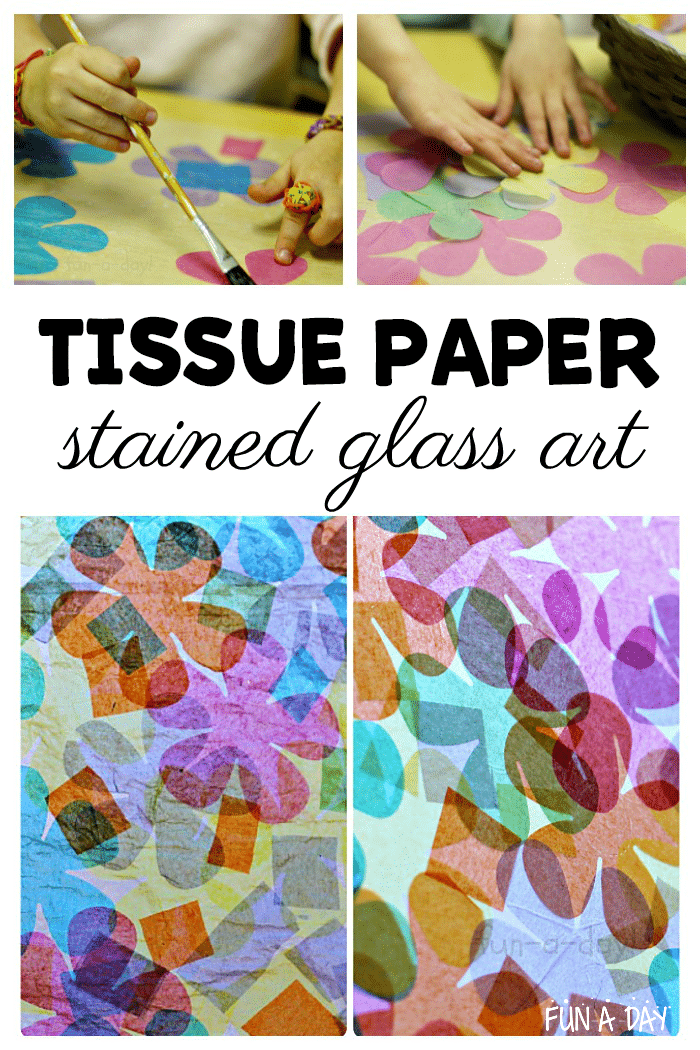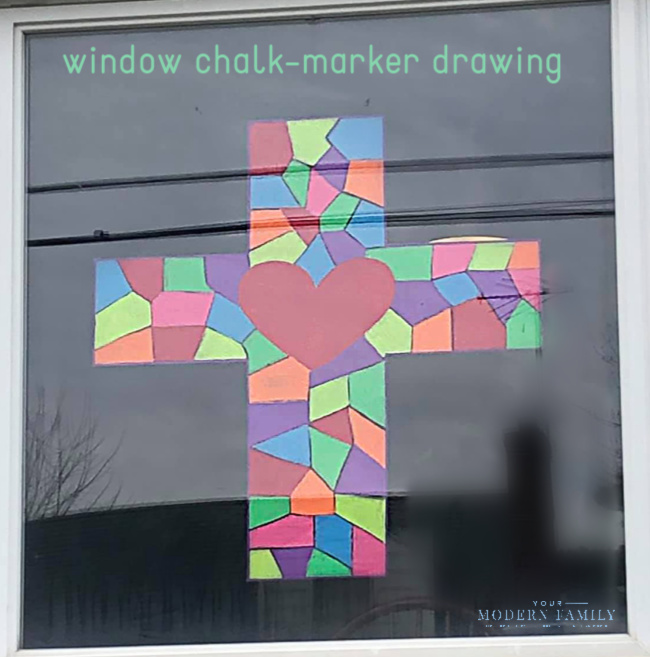


#STAINED GLASS DESIGN KIDS WINDOWS#
Traces of cold paint on glass have been found in the mid-east indicating that windows probably stood up better than those windows in damper climates. The first of these had no glass in the decorative openings, but later small pieces of glass were attached using strings of lead.Īrabian glass windows’ development was slowed because Islam allows no subject other than geometric or vegetal ornament. In Europe, plates of pierced lead replaced the plaster grillwork. This covering usually came in the form of slices of alabaster. As the fashion moved farther north into areas of more inclement weather, covering became more necessary. Ribs of iron were often used to strengthen the plaster.Īrabian filigree windows moved into Europe when the Moors entered Spain. Pieces of glass were either inserted into intricate pierced marble or stone, or glazed in plaster before the plaster had set hard. Day suggests that Byzantine, Moorish or Arabian glass could have appeared by the tenth century AD. 67)Īuthorities believe that Arabian glass windows appeared in the second half of the thirteenth century. Where are the children who are father to these men? Where are the earlier windows?” (Lawrence Lee, Seddon and Stephens.

The authors of Stained Glass say, “they are the work of skilled, experienced stained glass artists. They have recently been moved into a museum and replaced with copies.) These five windows show fired glass painting which utilizes line and tonal shading and they are made of bright, varied colors of glass. (These five windows are no longer in their original setting. The oldest complete European windows found in situ are thought to be five relatively sophisticated figures in Augsburg Cathedral. Paul’s Monastery in Jarrow, England, founded in 686 AD. One of the oldest known examples of multiple pieces of colored glass used in a window were unearthed at St. The glass was irregular and not very transparent. They cast glass slabs and employed blowing techniques to spin discs and made cylinder glass. In the first century AD, the Romans glazed glass into windows. Schlumberger explained that these glasses had decorated claires-voies (literally “clear ways”) of stucco designed in elegant interlaced arabesques (Jean Lafond, Le Vitrail, P.20). Several pieces showed a right angle and traces of a grozer on the edge. A varied thickness adds to their nuances.” The greens had been blown in a roundel which he could surmise because of the presence of part of the outer rim. Jean Lafond’s gripping story tells how, in the desert west of Palmyra in 1937, David Schlumberger, director of excavations, showed Lafond a cache of 115 colored glass fragments that Lafond described as “Greenish white, bluish white, moss green, two tobacco yellows (one more gold than the other), burnt sienna, smokey, three purples (one near wine, one more brown), a garnet of great beauty and two violet purples. These slabs are called “dalles” from a French word meaning “paving stone.” The pieces of faceted-glass window are held together by It usually looks milky and is held together by lead or copper cames.įaceted windows are made from slabs of glass ranging anywhere from one-half inch to three or four inches in thickness. The opalescent glass is that glass which is nearly opaque. Often the glass is highly textured to the point of using a three-dimensional glass for the folds of drapery or wings of an angel. The enamels actually change the color of the light but are applied only to the surface of the glass and are fired on as enamels on copper. Tiffany using colored enamels and opalescent glass. The art-glass form was made popular by Louis C. The paint is an oxide of lead - usually black, dark brown, or dark red. It is usually one-eighth inch think and is held together by lead “cames.” Designs and features may be painted on in solid lines and fired in, and the glass may be shaded by putting on a light coat of paint which does not change the color but cuts down the amount of light passing through to meet the eye. The leaded is what we normally refer to as stained glass even though the term “stained glass” means any colored glass. Stained glass comes in three basic forms today: leaded, art, and faceted.


 0 kommentar(er)
0 kommentar(er)
